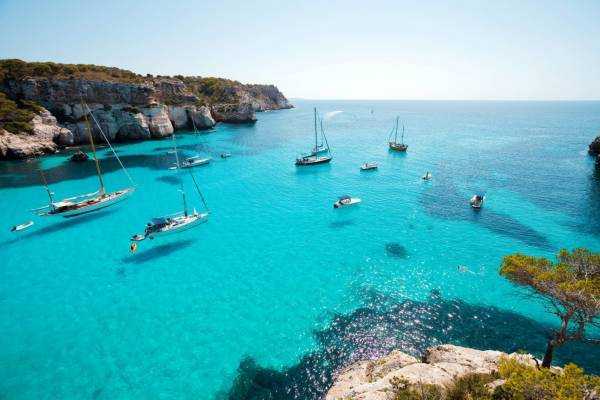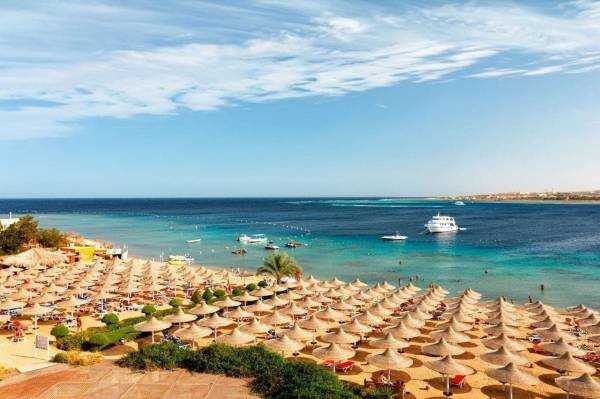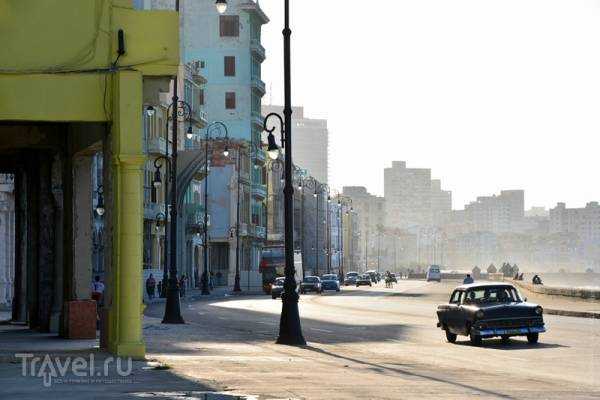
One of the most beautiful places in Havana is the Malecón. Although many of the buildings are in a state of disrepair, a stroll along the Atlantic Ocean is a delight, especially in the evenings.
It begins in Old Havana at the fortress of San Salvador de La Punta.
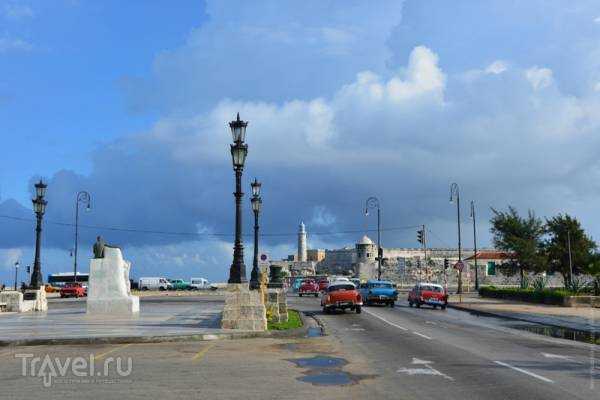
In principle, you don’t have to go anywhere, but just stand and look at the rarities “floating” by and already get a lot of pleasure.
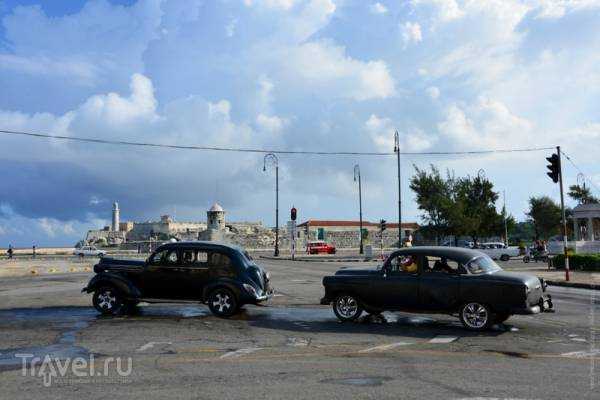
However, the embankment stretches from here for almost 8 km, and consists entirely of multi-colored, diverse architecture that decorates the coastline of Havana.

We'll go there now and try to figure out what's going on there.

Many of the buildings are in a deplorable state, but restoration work is visible in some places, so this may soon be a completely different, sparkling Avenida de Malecón.
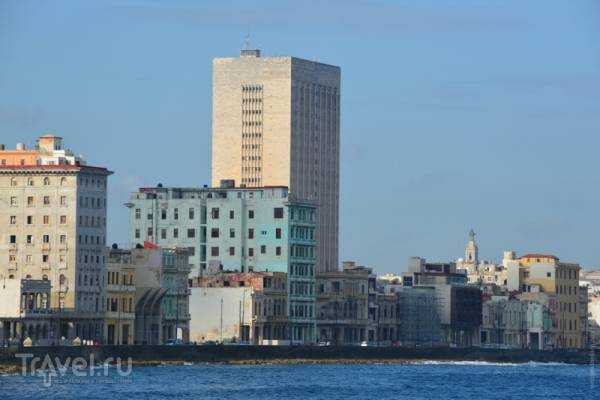
The dam and a spacious street along it were conceived here as early as the mid-19th century. But the idea was only realized in the early 20th century under the Americans.

It was then, in 1902, that the first 500 meters of the magnificent embankment were built, which immediately won the sympathy of the city’s residents, who loved to stroll along it, look at others and show off to themselves...)
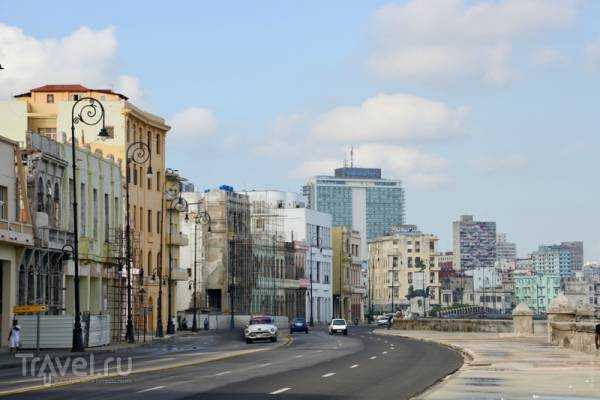
Yes, Havana today looks a little shabby, but that doesn't make it any less attractive. Moreover, in recent years, older neighborhoods have been actively restored.
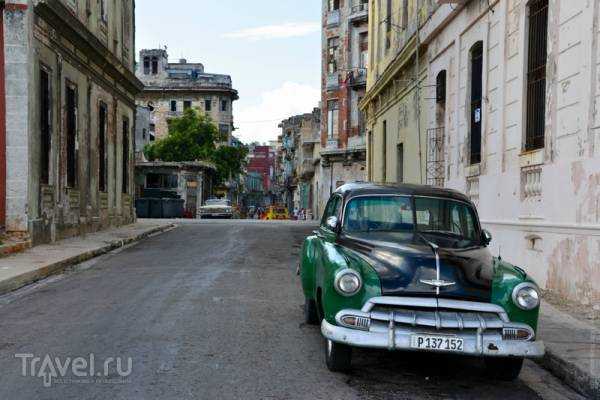
As I mentioned, the Malecón is essentially a dam built to protect the city from ocean waves. However, even when the waves are relatively calm, spray often overflows and floods the roadway. It's hard to imagine what happens here during a storm.
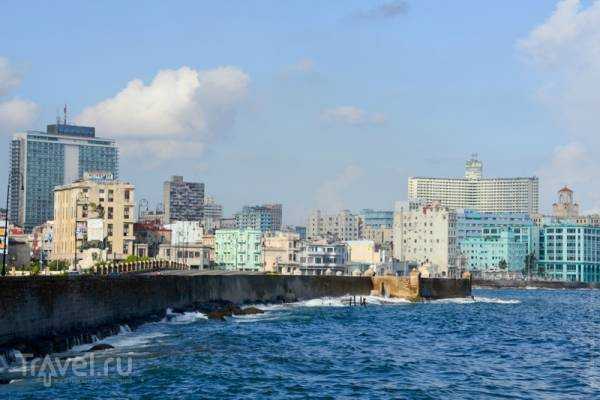
There are never any traffic jams here! It seems there aren't even any traffic lights—you can cross the road wherever you want…

Beautiful wrought-iron lanterns were installed several years ago for the Pope's visit. The Capitol dome, covered in scaffolding, is visible on the horizon. And nearby, a monument to the mulatto General Antonio Maceo, a hero of the 1895 War of Independence, is visible.

As I move along the embankment, I approach the border of the Vedado district, built up with high-rise hotels and representative buildings of various companies and banks.

This area is noticeably different from Old Havana, you only have to look around to notice it.

Although not without a pleasant Soviet ambience.)

Perhaps the most historic landmark of the area is the legendary Hotel Nacional de Cuba. Before the revolution, all the world's celebrities visiting Cuba stayed here, including Charles de Gaulle, Winston Churchill, Frank Sinatra, and Walt Disney. Al Capone himself spent considerable time here.

So it's a pretty nice place, where they've managed to preserve the interior from the 1930s (as well as the exterior) to this day.
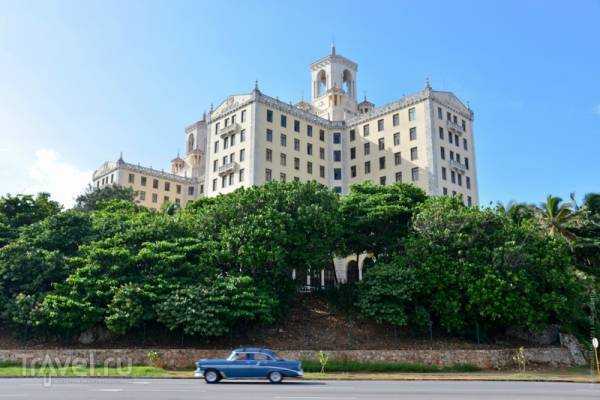
We'll stop by the hotel later, but for now we'll continue our walk along the Malecon embankment.
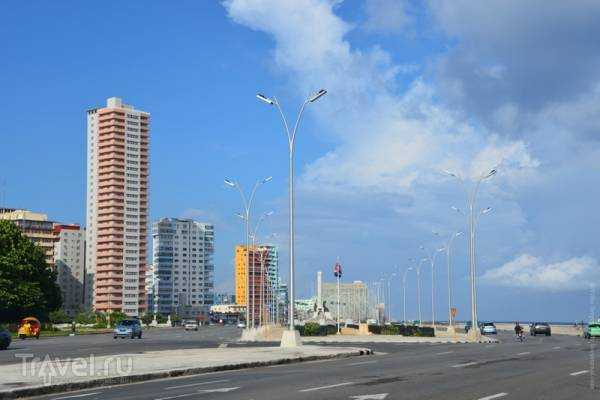
The first thing that catches your eye in this section is the monument to the sailors who perished on the American cruiser Maine, which exploded and sank off Havana in 1898. It was a murky story that sparked the Spanish-American War. More than 260 people died in the ship's explosion.

The building on the left is Edifico Focsa, a 39-story residential building—the tallest building in Cuba (121 meters). Besides residential apartments, it also houses public spaces, restaurants, shops, a theater, and more. It's truly a high-rise Havana!


This small square has a grand name: the José Martí Anti-Imperialist Tribune and Flag Square. Wow! The funniest thing is that it's located right across from the former US Embassy, and symbolizes something like the unbending will of the Cuban people, who defended their independence with arms in hand. The US Embassy has long since officially closed in Cuba, but it unofficially operates (of course) on the grounds of the Swiss Embassy as the "US Interests Section in Cuba."
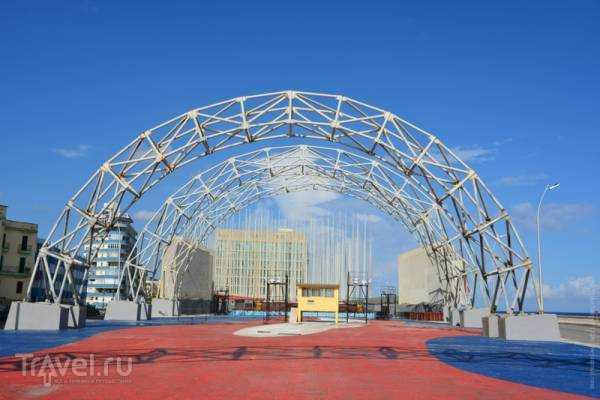
It's certainly cozy here, and everything looks quite modern for Havana.
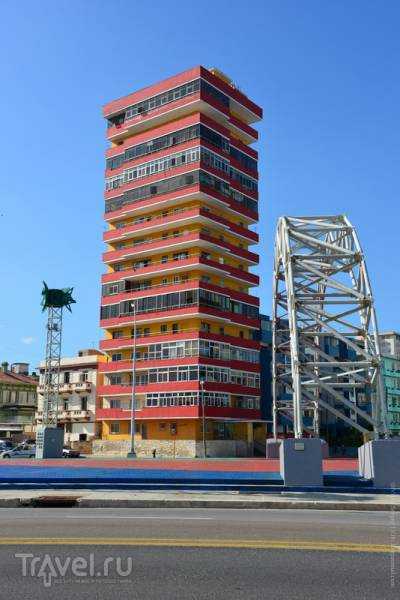
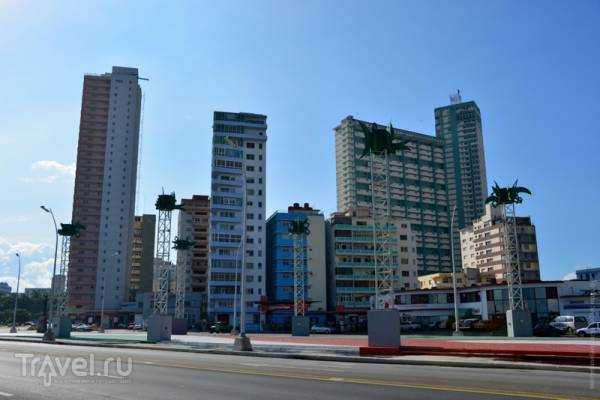
The embankment continues further and further, all the way to the mouth of the Almendares River. This part was built later, between 1948 and 1952, and I found it less interesting.
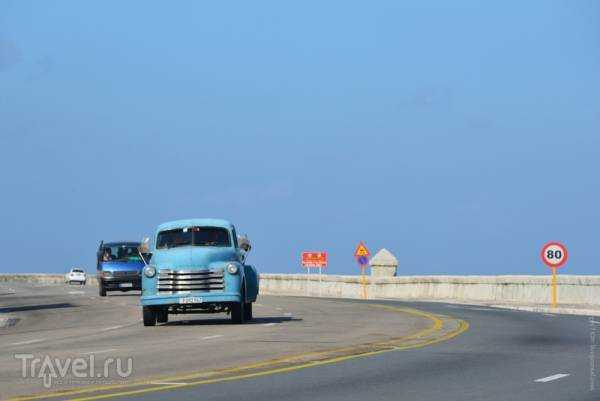
So, after wandering around and looking at the local fishermen,

yes, onto the menacing surface of the ocean,

I decide to go deeper into the city's embankment area for a while.
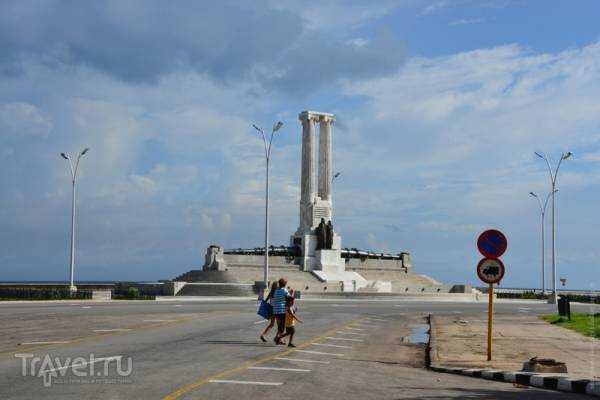
Moreover, there are such pleasing to the eye Soviet landmarks here...)

Parking near a residential building.
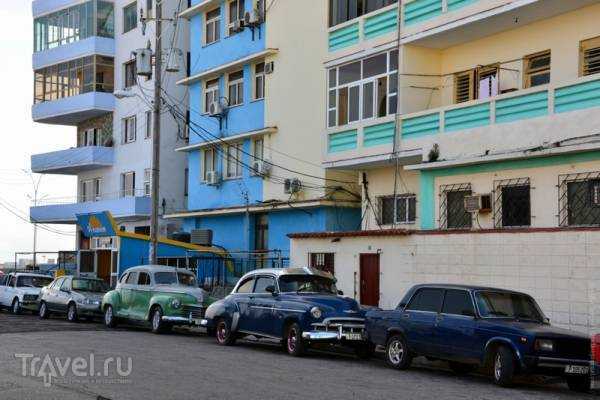
On the street,

The funniest and most surprising thing is that all these rarities are still running! One of the local taxi drivers I managed to chat with told me that all these old cars are powered by Soviet VAZ engines…

Here a local taxi pulled up to a beautiful Spanish palace, and at the same time a residential building, from which about five passengers got out,

and it seems like there are still just as many passengers left inside... ) Cuba, however!

The grand entrance to the Hotel Nacional de Cuba. You can enter safely, stroll through the public spaces, and admire the interiors;

Or step out into the expanses of the luxurious garden that surrounds the hotel on all sides.

By the way, you can hear Russian speech everywhere here...)
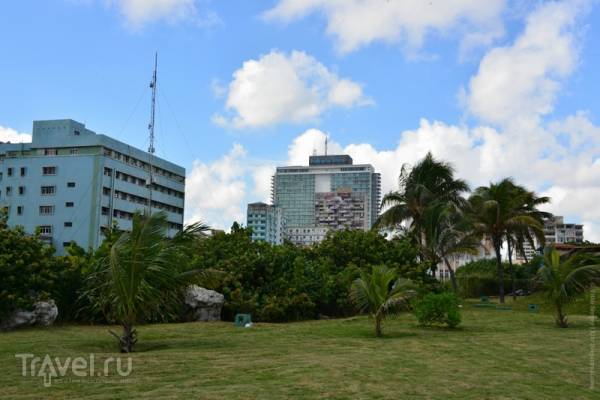
But for me the main thing is, of course, the view of the ocean and the beautiful Malecon embankment.

It's worth mentioning that as night approaches, the embankment turns into a bustling street filled with Cubans and tourists having fun and celebrating their own unique experiences! And there's a whole host of entertainment on offer here! So, be careful and cautious!

Source: travel.ru


